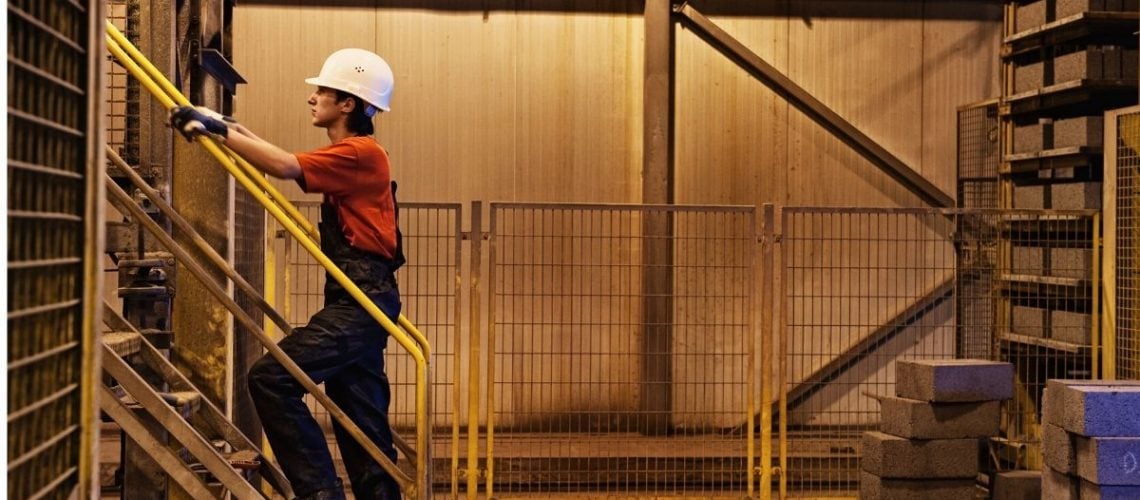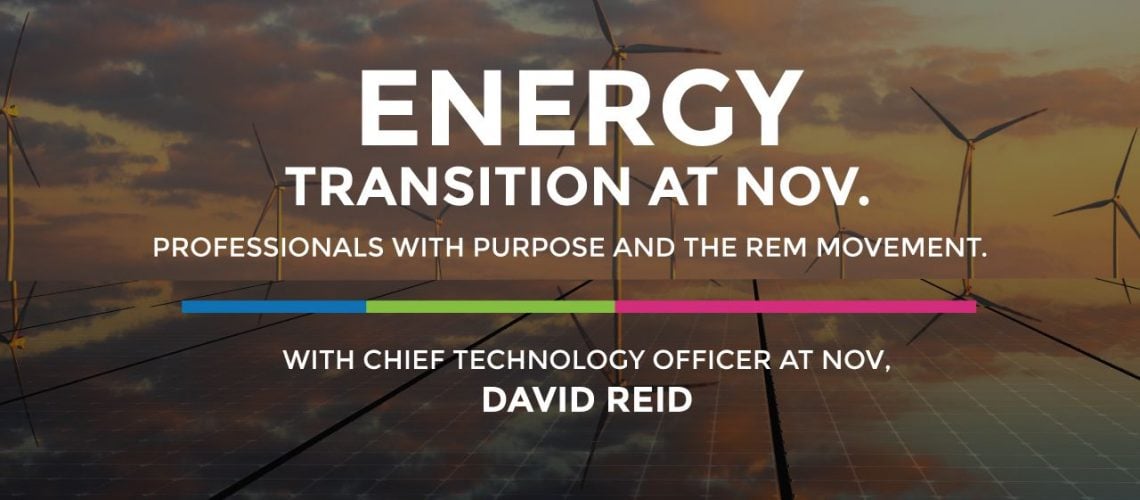Officials at the Centers for Disease Control and Prevention have set out new guidelines for U.S. schools, restaurants and other workplaces looking to reopen safely in the pandemic era.
Tools for business owners feature six “decision trees” to determine readiness to relaunch, including being in line with state and local orders, and preparedness to protect staff who are more at risk from the virus. Firms should also limit shared staff spaces, while mass-transit operators should close every other row of seats to facilitate social distancing, among other recommendations.
Updated strategies and recommendations for employers responding to COVID-19
- Conducting daily health checks
- Conducting a hazard assessment of the workplace
- Encouraging employees to wear cloth face coverings in the workplace, if appropriate
- Implementing policies and practices for social distancing in the workplace
- Improving the building ventilation system
Is the energy industry ready to return and what is the future for work?
Pink Petro, UH Energy, IPAA and PESA conducted two studies over the course of the past 8 weeks. Recently, UH Energy released a white paper with its findings on whether the energy industry is ready to return to work. Last week, lead researcher, Dr. Christiane Spitzmueller with University of Houston shared some sentiments found in the study of both those employed and workers who had been recently laid off.
Job insecurity and work-family interface issues predict mental health challenges
The pandemic has hit women hard. As Sheryl Sandberg, COO of Facebook and founder of LeanIn.org points out in this Fortune OP-ED, COVID-19 is creating a double shift for women and she calls on business leaders to help. According to recent surveys by LeanIn.org and Survey Monkey conducted in April, one in four women say they are experiencing severe anxiety with physical symptoms like a racing heartbeat. One in 10 men say the same. More than half of all women are currently struggling with sleep issues. Women, especially black women, were more likely than men to worry that they wouldn’t be able to pay for essentials in the next few months.
Childcare issues continue to challenge working families and school districts are still evaluating the viability of a shift in schedule this fall to proactively address outbreaks if they should occur. In the energy industry, respondents in the UH study reported continued good physical health with only a small number noting that their physical health was impaired in the last 30 days. In contrast, mental health issues were prevalent, with total health impairment over the last 30 days exceeding pre-COVID-19 national norms. Job insecurity and work-family interface issues predict mental health among energy workers during COVID-19.
Resources for return to work
Visit our COVID19 Resource Guide for return to work resources, studies, policy guidance and more. Pink Petro will release a development toolkit soon for members and non members to tap into courses, coaching, events, and more.





